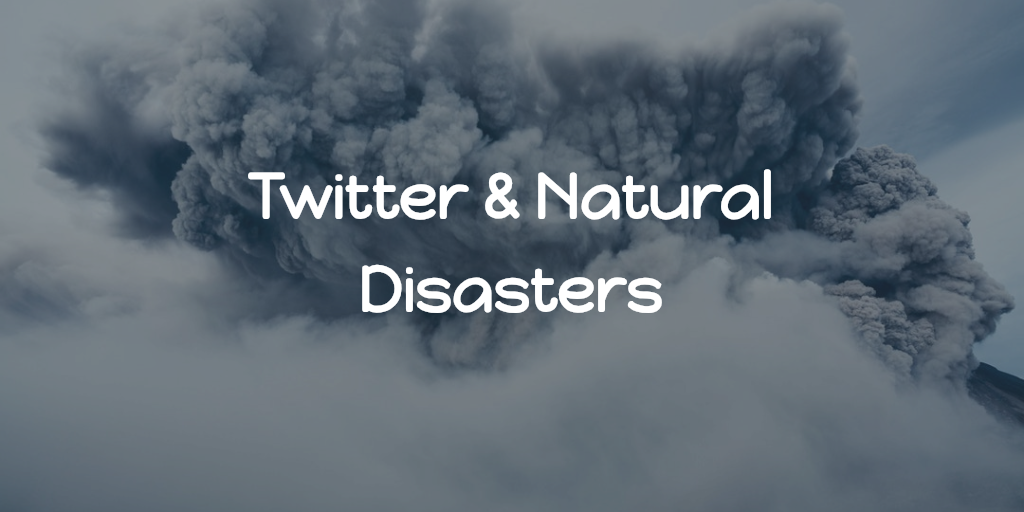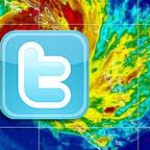Twitter And Natural Disasters Tweets

 It was quite a week for natural disasters on the east coast of the United States and showed the power of Natural Disaster Tweets. The really interesting thing about this week was that we had both a known and unknown natural event happen. Early this week we had a 5.9 on the Richter scale earthquake reverberate up and down the east coast and over the weekend we had Hurricane Irene. To give you an idea of how unlikely these two events are in the state of New Jersey we had only three hurricanes ever reach land packing hurricane force winds, the last one in 1903. Rarer still was the earthquake we had on Tuesday August 23rd. The last strong earthquake felt in New Jersey was in 1895.
It was quite a week for natural disasters on the east coast of the United States and showed the power of Natural Disaster Tweets. The really interesting thing about this week was that we had both a known and unknown natural event happen. Early this week we had a 5.9 on the Richter scale earthquake reverberate up and down the east coast and over the weekend we had Hurricane Irene. To give you an idea of how unlikely these two events are in the state of New Jersey we had only three hurricanes ever reach land packing hurricane force winds, the last one in 1903. Rarer still was the earthquake we had on Tuesday August 23rd. The last strong earthquake felt in New Jersey was in 1895.
Spread the Word
Both events were able to show the power of social media during a natural disaster, specifically Twitter and Natural Disasters. The first thing they showcased was the speed at which the information can travel through the social sphere. Twitter estimated capacity spiked to over 5,500 tweets per second, similar to when Osama Bin Laden was killed. If you figure each person in that second has 100 followers then the reach is over a half million people. And if those people have 100 followers then in the next second the news reaches 55 million people. This is quite simplistic but does illuminate the fact that Twitter can push news to more people faster than pretty much any medium on the planet including television.
Provide Information
The second thing social media is able to do is to provide information to people and organizations on both a national and local level. In the run up to the hurricane it was easy to get get information to people via many Twitter voices. As the hurricane hit, people like myself, tweeted about damage and high winds and the power going out. As Irene moved away local law enforcement and utilities were able to get the word out about what was happening in everyone’s municipality.
Some great examples of this are Cory Booker in Newark, PSE&G, the Princeton Scoop and the Princeton Police all of which gave up to date and pertinent information that was then retweeted. Of course most of this is predicated on the fact that you have either a smartphone, tablet or computer and an Internet connection. However with so many now in circulation; it’s likely that most people will know someone with one to get some news word of mouth.
Improvements
While there was a great deal of information available; there are some things that could have improved with Twitter and natural disasters. The first is using the amount of tweets generated, construct an interactive map of New Jersey. This is to show power outages and which roads have been closed. This will help provide residents with basic information around not only where the power is out; but where it is being restored. This is something that could be put out to all crews in certain areas. Further, an interactive map on Google Maps may help prevent what we saw earlier today; which is people “trying” to get home and having no luck. Being able to plot or not plot a route on Google Maps may discourage would be travelers from trying out different routes.
All told it was an interesting week in with Twitter and natural disasters. If there is a plague of locust next week. We will be sure to tweet pictures and it won’t be Twitter and Natural Disasters; it will be Twitter and the Locusts!
